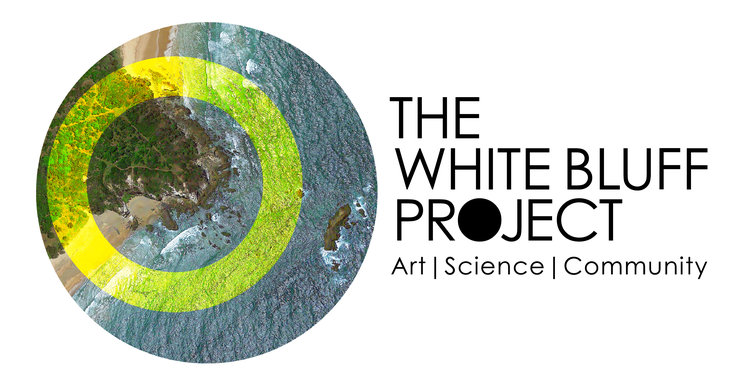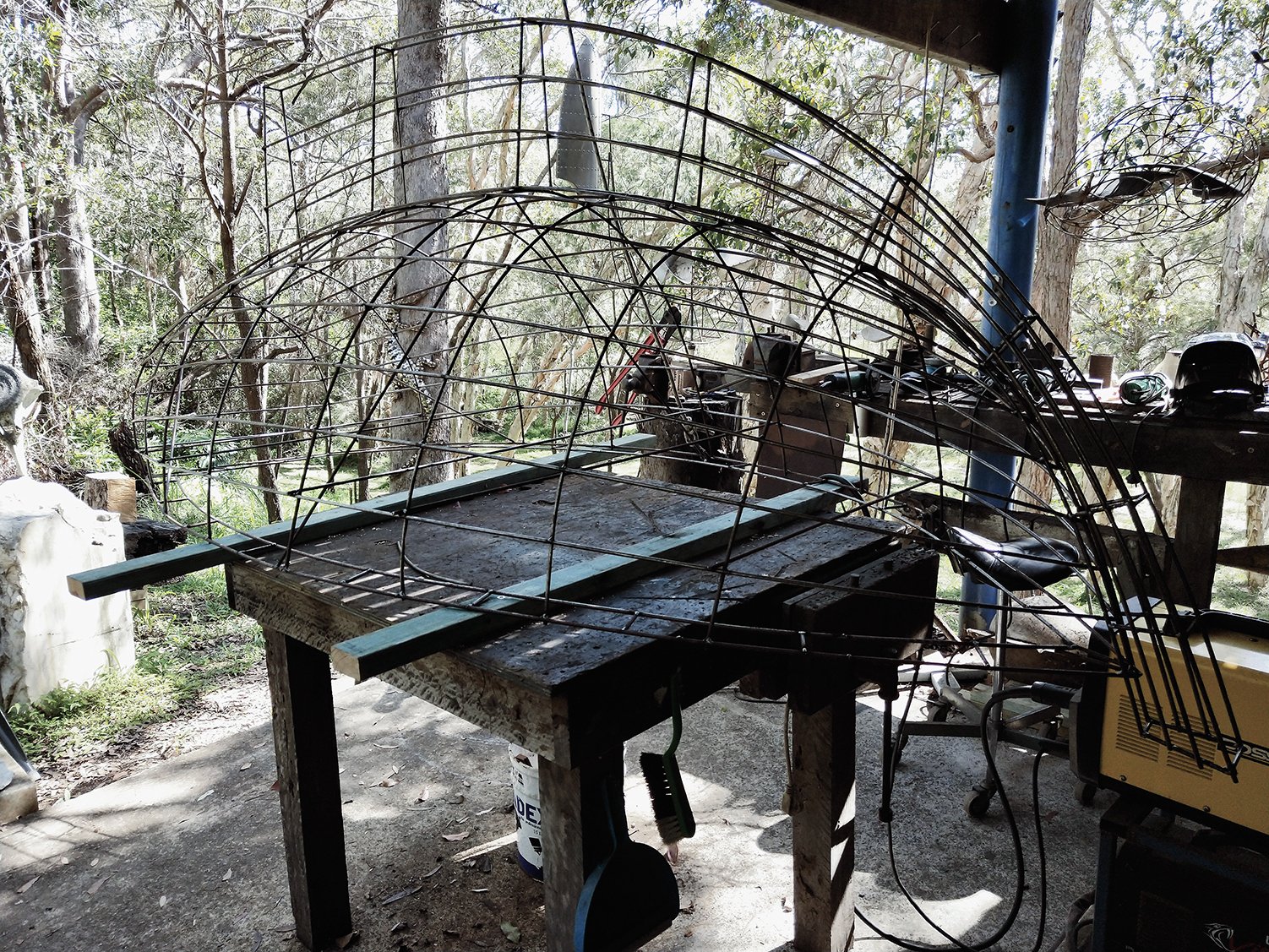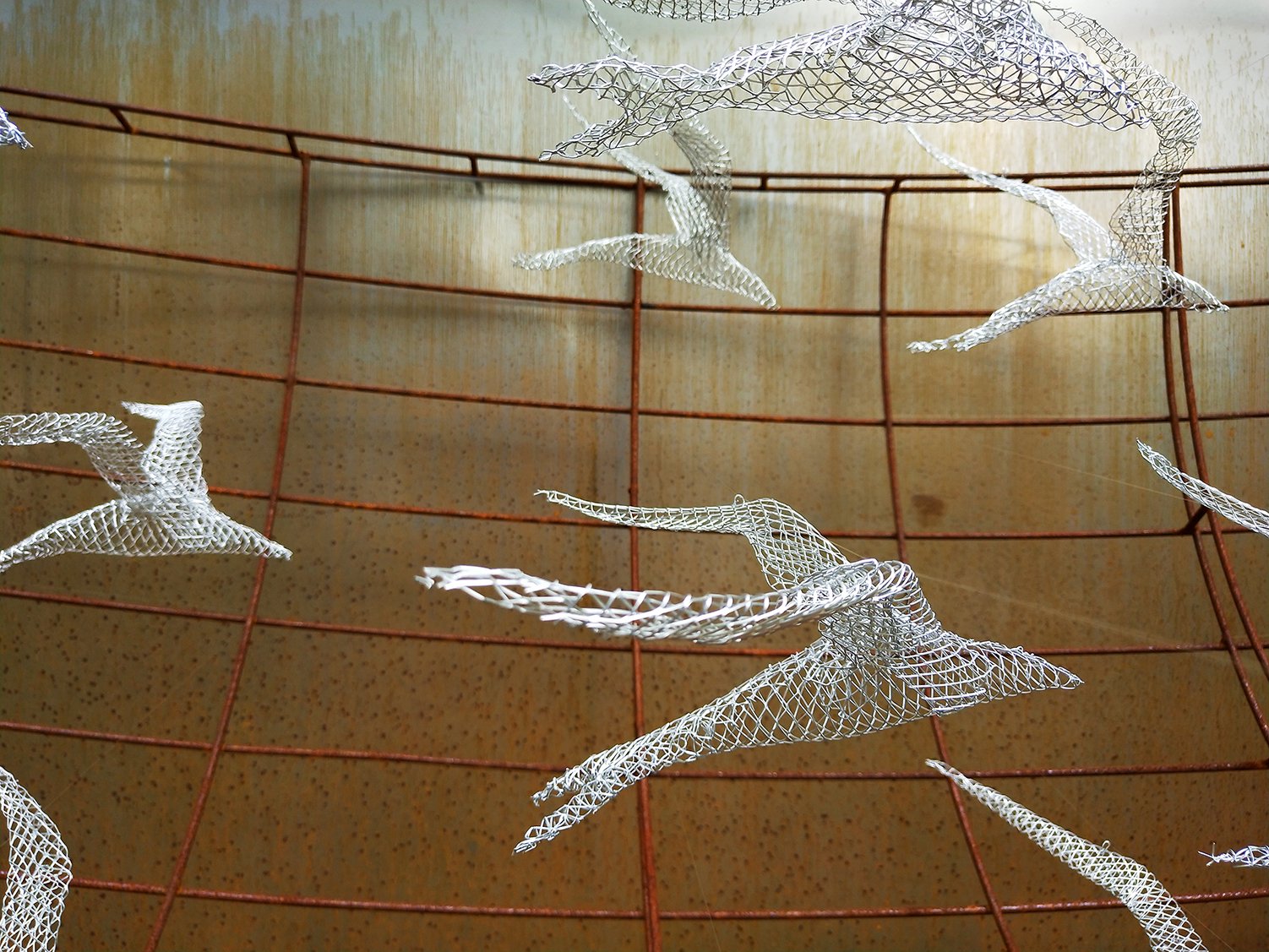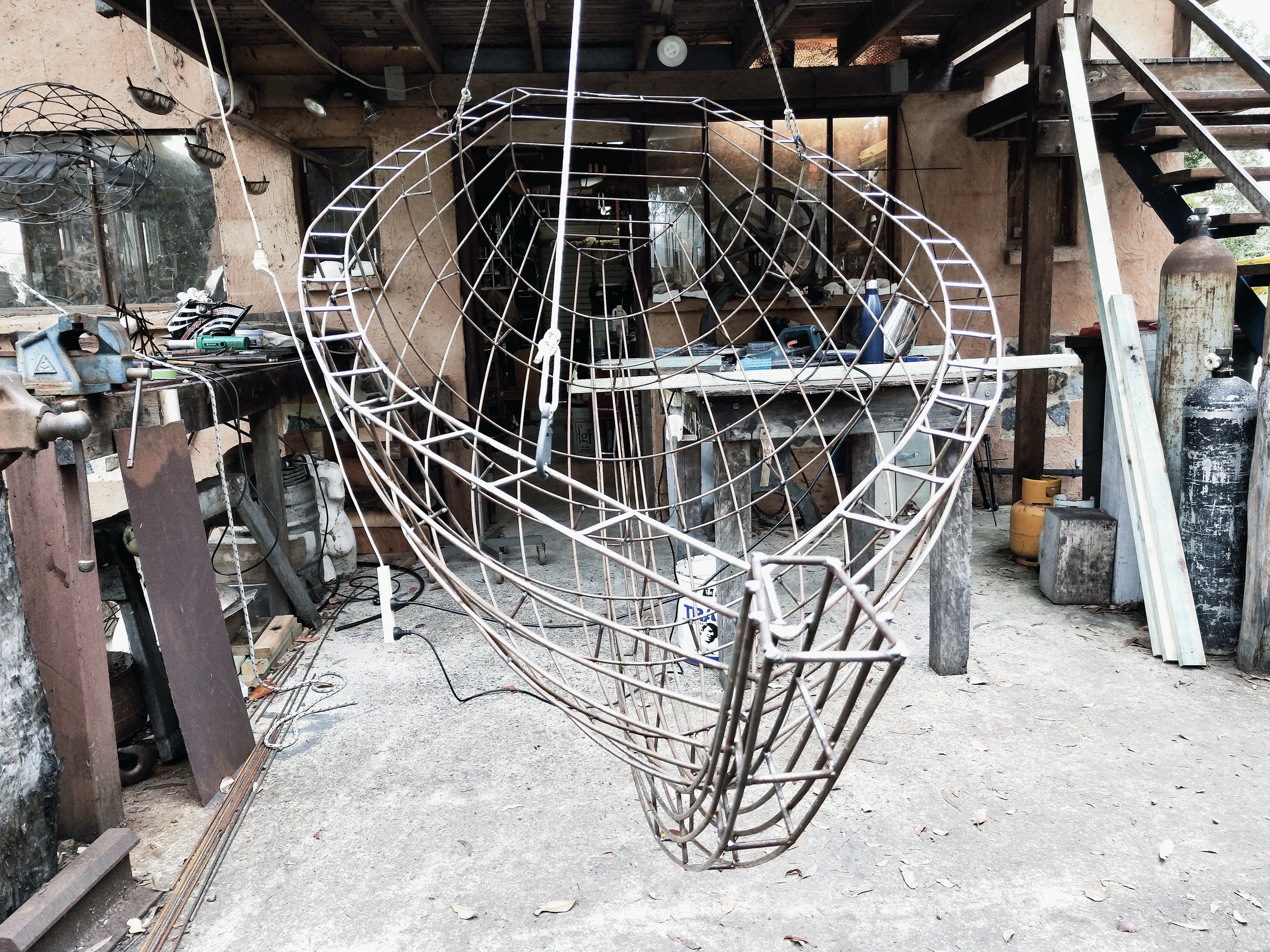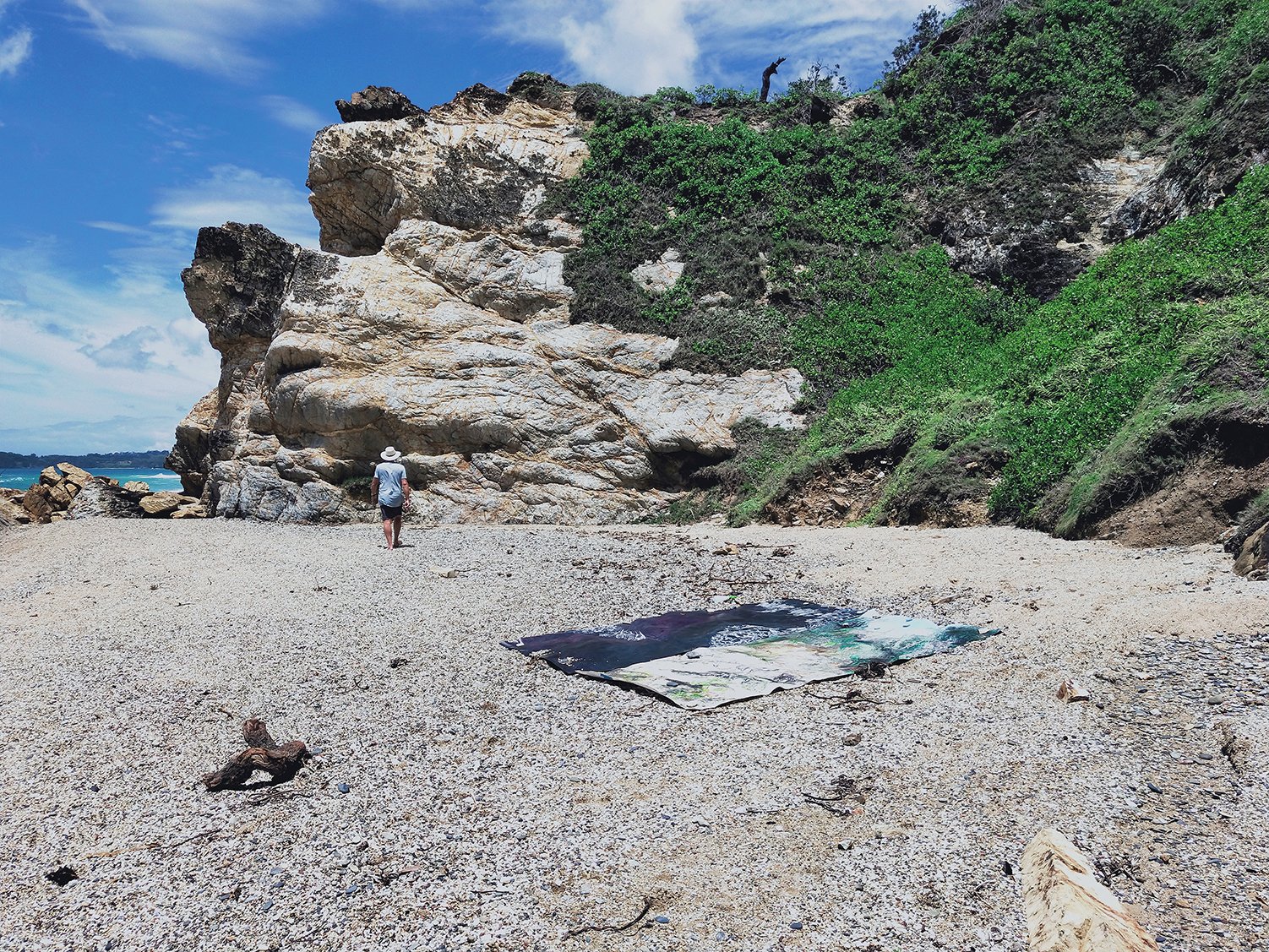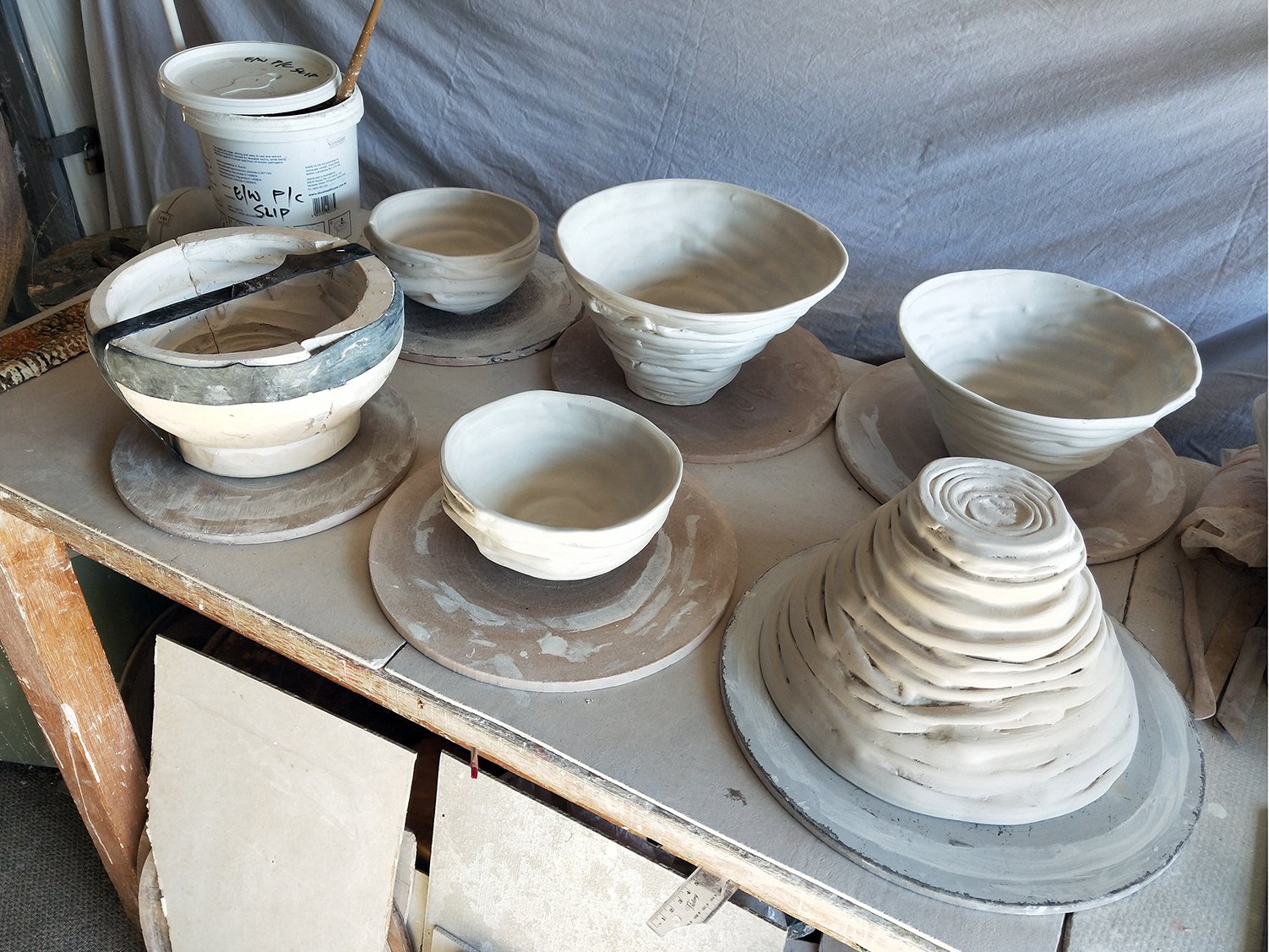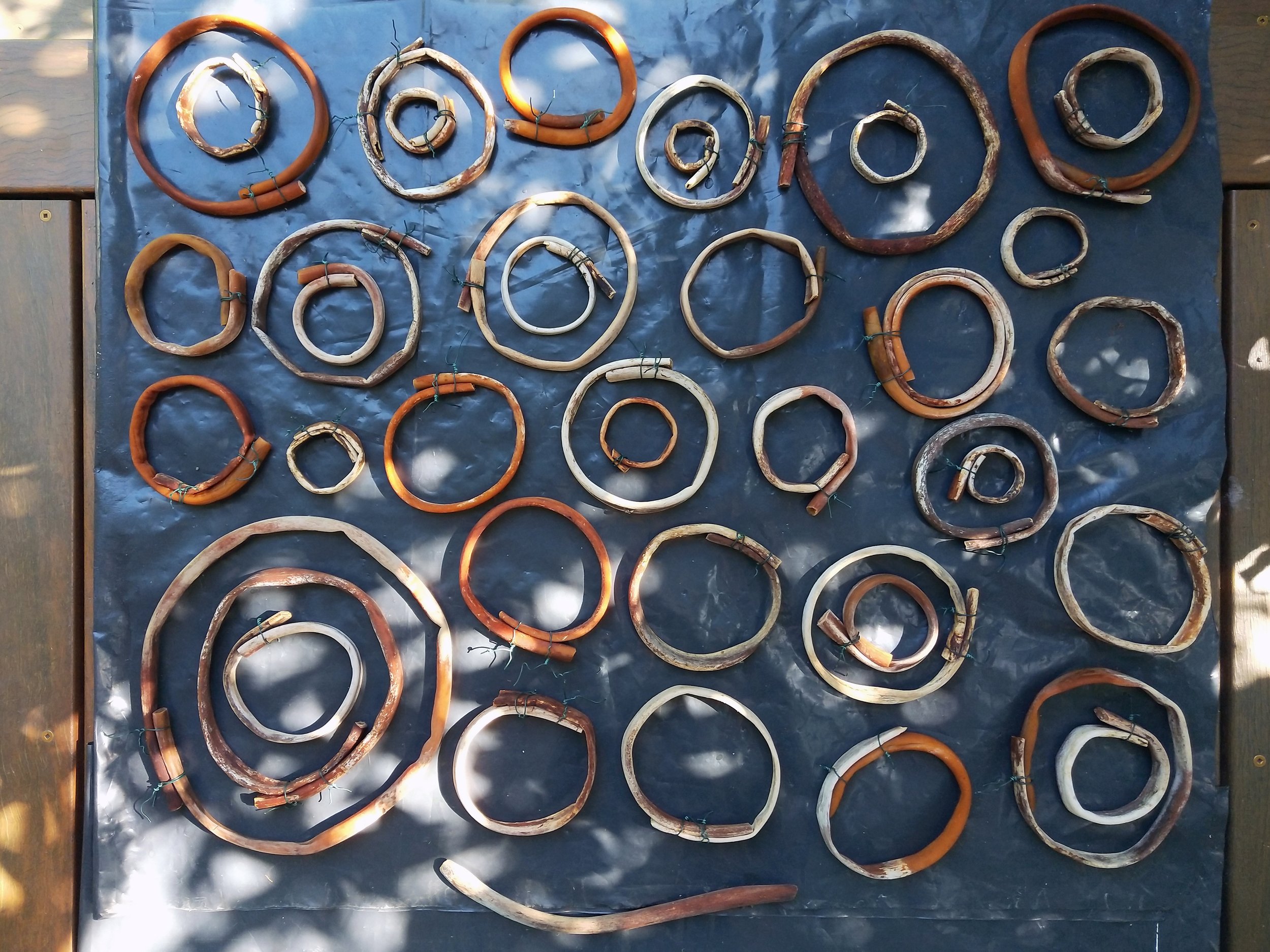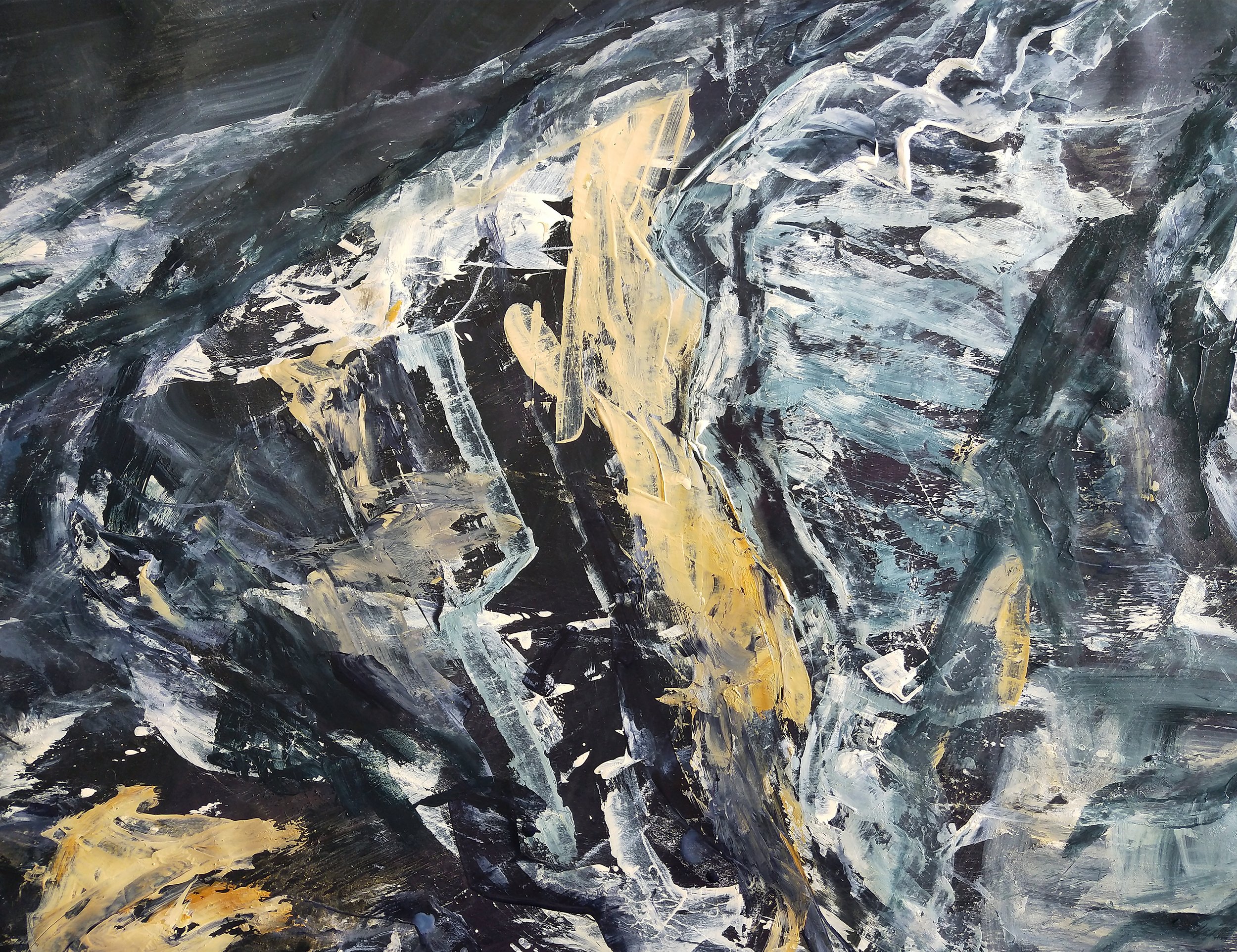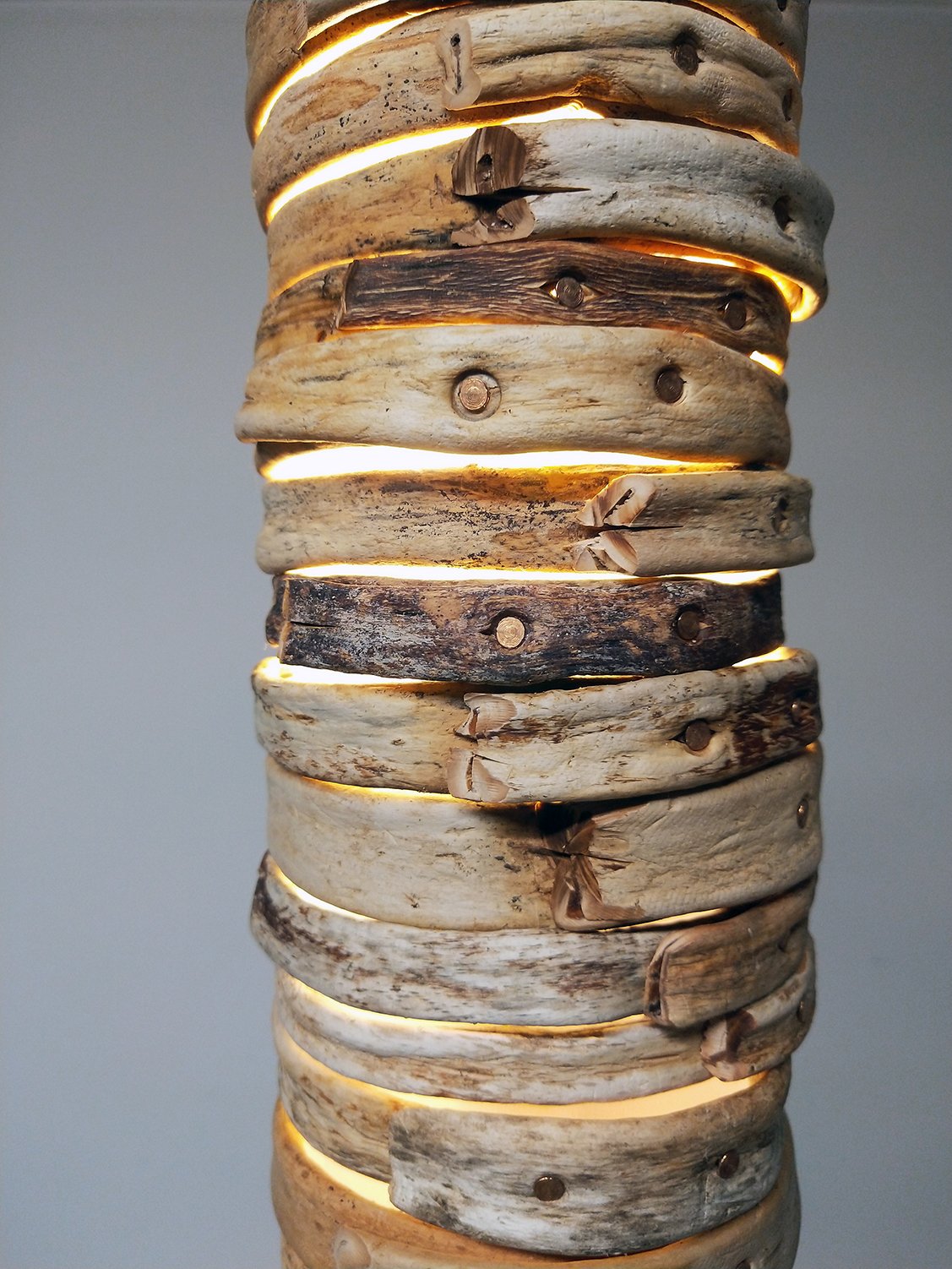Today we talk with White Bluff team member Mark George. You tend to see Mark with his smart phone in hand, experimenting, searching, exploring, looking for interesting angles, images and sounds to capture.
Who are you and what do you do?
My name is Mark George, grateful ex-student of Ray Rixon at Coffs Harbour High School. I am a filmmaker and digital media producer. I have always been interested in the moving image. When I was young growing up in Coffs my father had an old 8mm home movie camera, and a projector. He shot home movies and edited short films of our family, friends, and holidays. On movie night Dad would set up the projector then screen the images straight on our lounge room wall. Jerky, silent DIY films, I loved every frame.
I completed 1 year at Sydney College of Art before spending another 4 years at UTS graduating with a Bachelor of Design, Visual Communications in film and video production. As technology shifted, with digital innovation I began a career in Sydney as a graphic designer, multimedia producer for corporate clients and freelance for the Powerhouse Museum. I performed a variety of production roles across design, media, and film.
What attracted you to the White Bluff Project?
Around 4 years ago my production partner, and wife Megan, and I caught up with Ray for a coffee and a chat. Ray pitched us an idea he had been kicking about. He wanted to get a group of talented local artists together to create, explore, and work together, the results hopefully showing in an exhibition someplace. White Bluff headland would be the common touch point to inspire and begin this journey. It was a yes right away from us, we would love to be part of it in any way possible.
What are you planning for the White Bluff exhibition?
Having spent many years producing digital content the chance to work with more traditional materials, touchable stuff is exciting. Sculpture is certainly an area I want to explore – Something big would be fun.
Do you remember your response when you first really explored White Bluff?
Growing up on the Coffs Coast I had visited White Bluff many times, surfing and parties with friends. However, this time I was visiting for a project, with a team who all had unique knowledge. That forced me to look far more closely at everything. White Bluff is a small headland, but it is extremely dramatic, and dangerous. You have the picture postcard north face beach with primitive, exotic pandanis trees. Then the flip side south with its high crumbling cliffs and rocky stone covered beach. The headland is also covered on top in dense forest vegetation. White Bluff is jam packed with diversity.
What's your usual working mode is it solo or in groups?
Most of my work is collaborative, sometimes you are in large teams, and sometimes in small ones. Any type of production requires teamwork, a script, a plan, a budget to get everyone moving in the same direction, on the same page. This is what we are doing, and here is how we are going to do it. For me the White Bluff Project from the start has never been like that. Interpretation, experimentation, and freedom has been at the heart the entire time. That makes this experience and the work generated so special.
What has been your experience with collaboration on the White Bluff Project?
The White Bluff Project has delivered us all an amazing opportunity to engage with highly talented and skilful artists. And at the same time serious knowledge banks, respected and articulate scientists have been working with us. Each learning, asking questions of one another. Learning from the different members and the skills they have in this team has been an absolute thrill for me.
I am extremely proud of this project, to have been part of this amazing journey with an incredibly talented group of people. The project has had serious ups and downs but the teamwork and support within has been extraordinary. I think the public will be blown away by the quality of work and the creativity.
Have you formed any close collaborations with the project or any artists in particular?
This project has certainly pushed me creatively as an artist and it has allowed me to do a few things I have wanted to do for a long time. I said yes to a lot of collaborations. Each work had a unique process and always involved two or more people working on it.
I would say out of all of them my collaboration with Ray on FLOAT would be the closest and longest collaboration. We had no idea what we were doing or where we were going when we started. So much experimentation, learning was required. The more we pushed, the more our knowledge, our understanding grew. I guess that’s what true science and art is – experiment, experiment, experiment.
